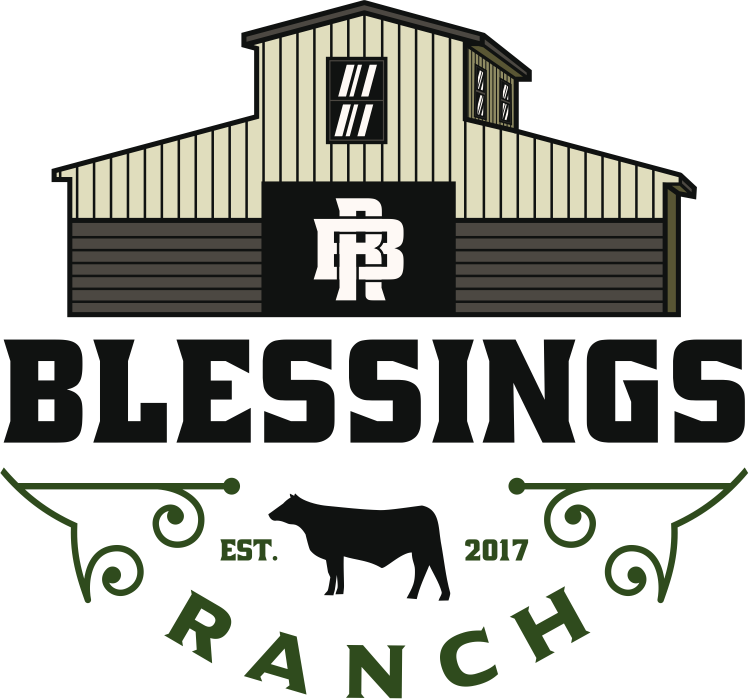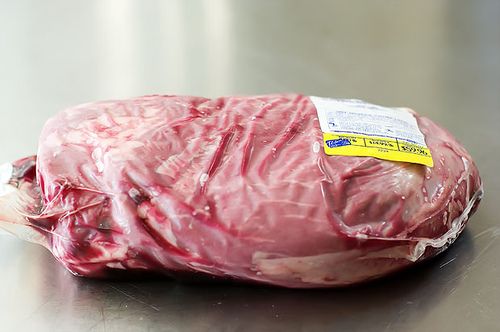Sigh. Beef tenderloin. You’ve tasted it, right? Oh, believe me, if you have, you’d remember it. If you haven’t, this is the first day of the rest of your life.
Beef tenderloin, or “eye fillet,” as it’s known in other parts of the world, is cut from the middle of a cow. The tenderloin come from the spine area, and hangs between the shoulder blade and hip socket. This muscle tissue doesn’t do too much, so it’s the most tender part of the cow. This roast is absolutely, positively, the softest, most buttery-textured meat on earth. And it’s why I’m no longer a vegetarian.
Ingredients
- 1whole (4 to 5 lb.) beef tenderloin (butt)
- 4 tbsp.salted butter, or more to taste
- 1/3 c.whole peppercorns, more or less to taste
- Lawry’s Seasoned Salt (or your favorite salt blend)
- Lemon pepper seasoning
- Olive oil
Directions
-
- 1Preheat oven to 475°.
- 2Rinse meat well. Trim away some of the fat to remove the silvery cartilage underneath. With a very sharp knife, begin taking the fat off the top, revealing the silver cartilage underneath. You definitely don’t want to take every last bit of fat off—not at all. As with any cut of meat, a little bit of fat adds to the flavor. (Hint: you can also ask the butcher to do this trimming for you if the process seems intimidating.)
- 3Sprinkle meat generously with Lawry’s. You can much more liberally season a tenderloin, because you’re having to pack more of a punch in order for the seasoning to make an impact. Start with Lawry’s Seasoned Salt. Rub it in with your fingers. Sprinkle both sides generously with lemon & pepper seasoning. (There are no measurements because it depends on your taste, but be sure to season liberally.)
- 4Place the peppercorns in a zip-top bag, and with a mallet or a hammer or a large, heavy can, begin smashing the peppercorns to break them up a bit. Set aside.
- 5Heat some olive oil in a heavy skillet. When the oil is to the smoking point, place the tenderloin in the very hot pan to sear it. Throw a couple of tablespoons of butter into the skillet to give it a nice little butter injection before going in the oven. A minute or two later, when one side is starting to turn nice and brown, flip and repeat.
- 6Place the tenderloin on an oven pan with a rack. Sprinkle the pummeled peppercorns all over the meat. Press the pepper onto the surface of the meat. Put several tablespoons of butter all over the meat. Stick the long needle of the thermometer lengthwise into the meat. Place it in a 475° oven until the temperature reaches just under 140°, about 15 to 20 minutes. Stay near the oven and keep checking the meat thermometer to make sure it doesn’t overcook.
- 7Let meat stand 10 minutes or so before slicing, so the meat will have a chance to relax a bit.
- 8To serve, you can spoon the olive oil/butter juices from the skillet onto the top of the meat for a little extra flavor.
Ladies and Gents, I present to you… beef tenderloin. This piece of tenderloin is also known as the tenderloin “butt” piece. A whole beef tenderloin is this piece plus a longer, narrower piece off the left side. But often, butchers sell this most desirable part all by itself. A whole beef tenderloin is delightful, too—the end piece is thinner and gets much more done than this thick center, so if you have a lot of whimpy beef eaters that don’t like any pink, it can come in handy. But for this recipe, and because this is the form in which it’s commonly sold, we’ll use the butt portion.
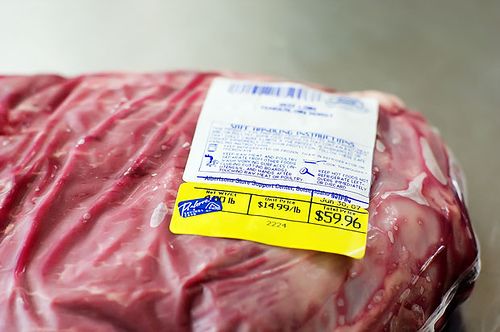
The butt pieces are generally around 4 to 5 pounds. If you were to get a whole tenderloin, it would be in the 7 pound range. And tenderloin AIN’T cheap; definitely something to save for a special occasion, like Uncle Jimmy’s retirement or Aunt Mabel’s parole.


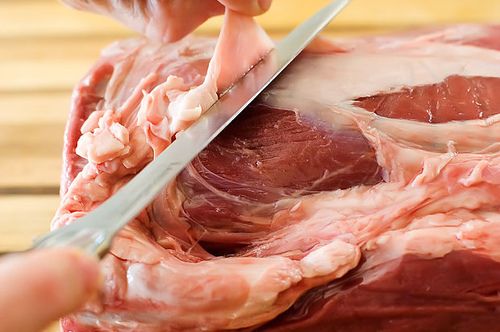
This process, while arduous, can also be pretty satisfying…
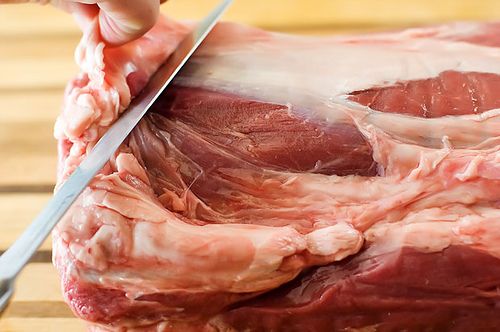


Or is it cut and runned?


There’s an oblong piece of meat on the side of the loin, and sometimes Marlboro Man slices into it to remove some more of that tough, silvery skin. And again, no need to go crazy, just get the cartilage.





Now take Lemon & Pepper seasoning, Marlboro Man’s favorite.


Peppercorns don’t get old, do they?

In any event, place the peppercorns in a Ziploc bag.


No need to go nuts on the poor peppercorns; just break ’em up a bit. When you’re finished, set them aside.







Press the pepper onto the surface of the meat.


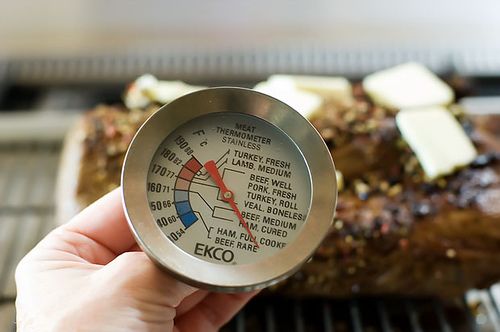

Stick the long needle of the thermometer lengthwise into the meat, so it will get a representative read of the internal temperature. Leave the thermometer in place while cooking. I always take out my tenderloin just before it reaches 140 degrees, keeping in mind the meat will continue to cook for several minutes after you remove it from the oven. Remember, you can always cook a too-rare piece of meat a little more; but once it’s too done, there’s nothing you can do.
Now place it in a 475-degree oven until the temperature reaches just under 140 degrees.

Let meat stand ten minutes or so before slicing, so the meat will have a chance to relax a bit.
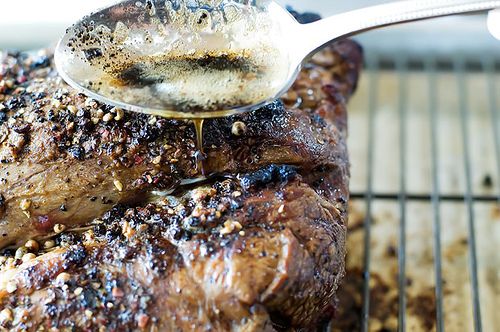

And don’t worry one bit: rare tenderloin is very safe to eat. And it tastes best that way.

Keep slicing away according to the number of mouths you have to feed, and save the leftover piece for the fridge. HINT: Cold beef tenderloin is even better than freshly cooked tenderloin. It’s one of the big mysteries of this life.

Here’s another view. Different light. Different angle. Same delectable meat, baby.

See this? Take a good, hard look. It’s Heaven. Heaven on a Fork.
Now go forth into the world and roast tenderloin! It’s the most delicious thing in the world.
